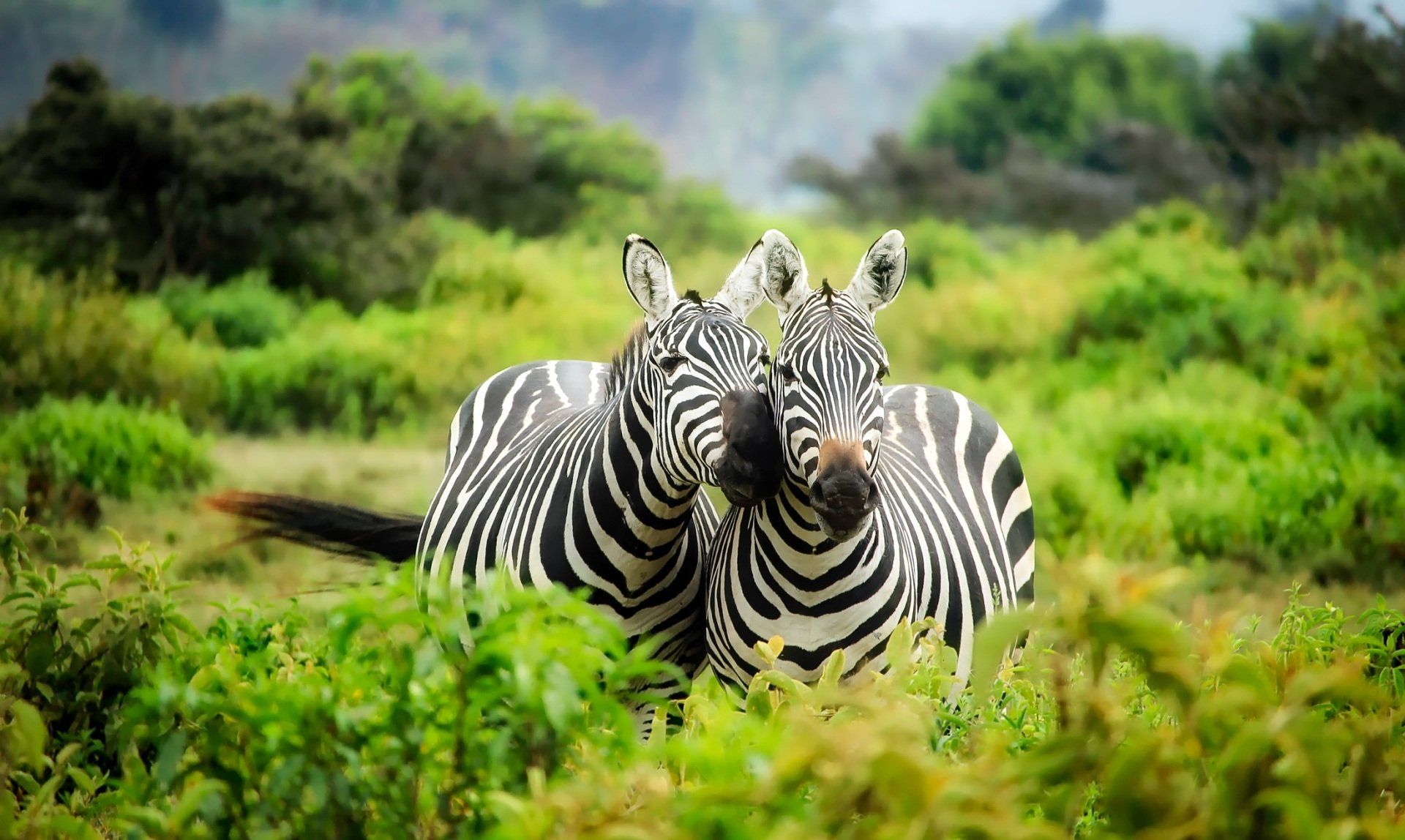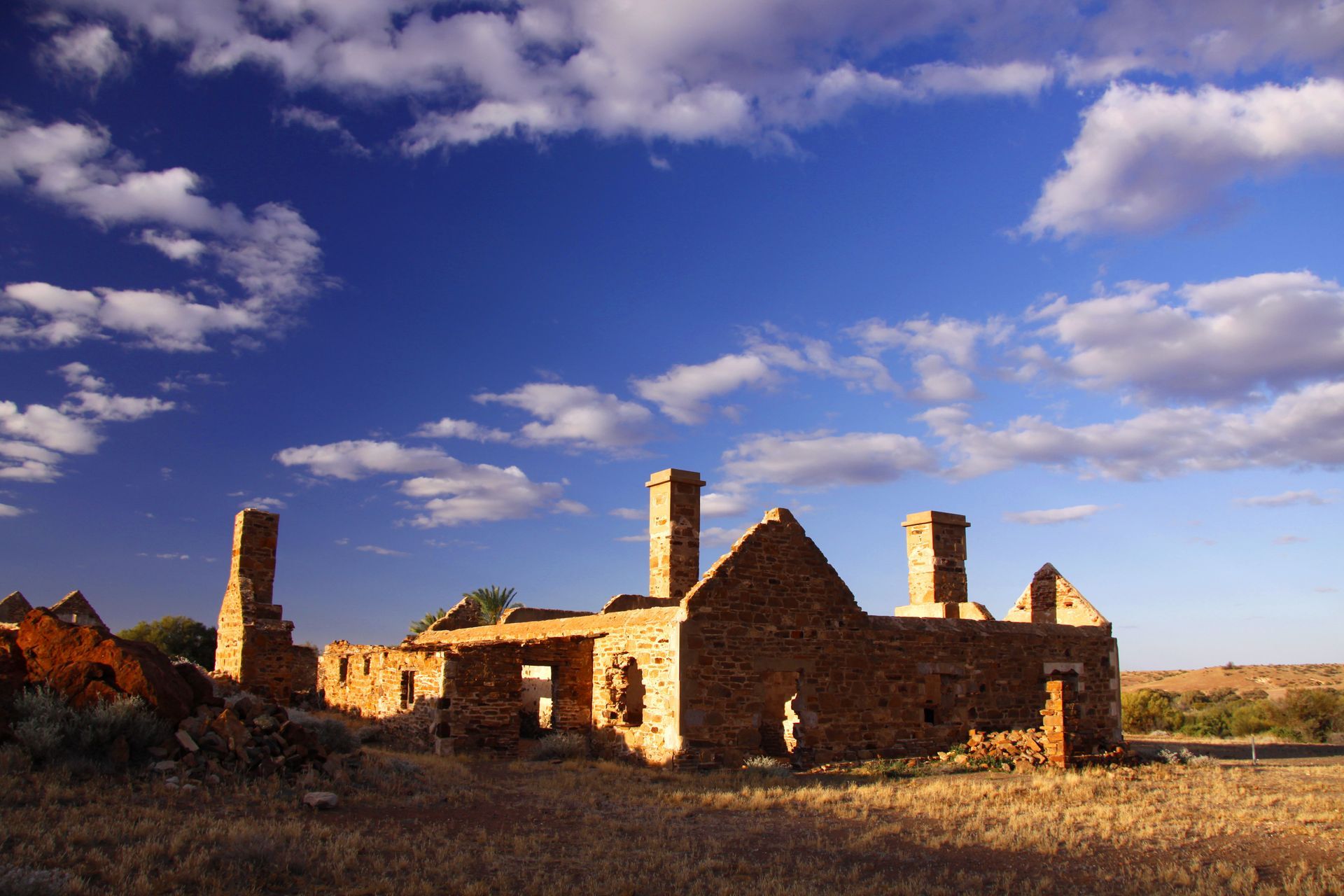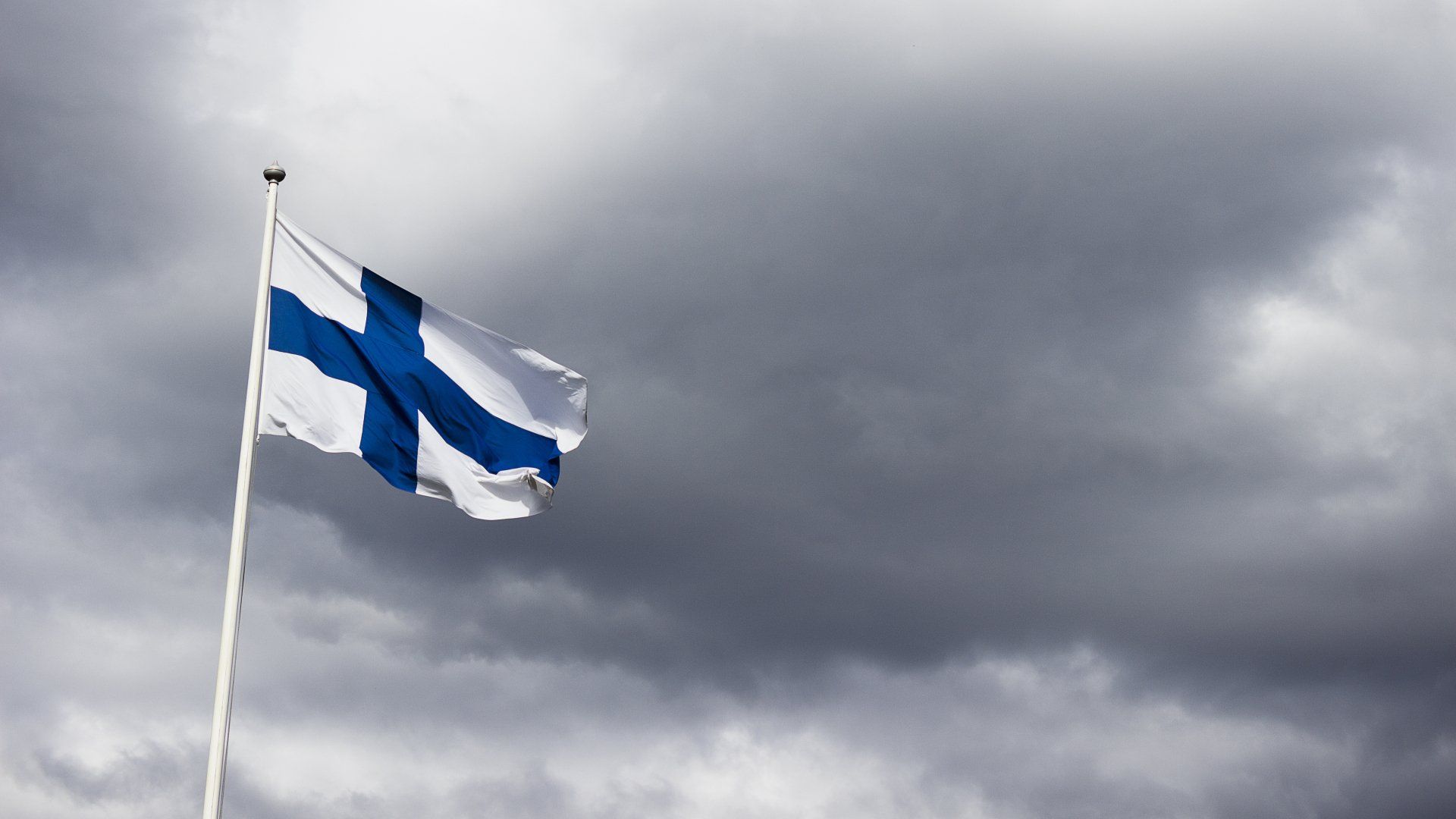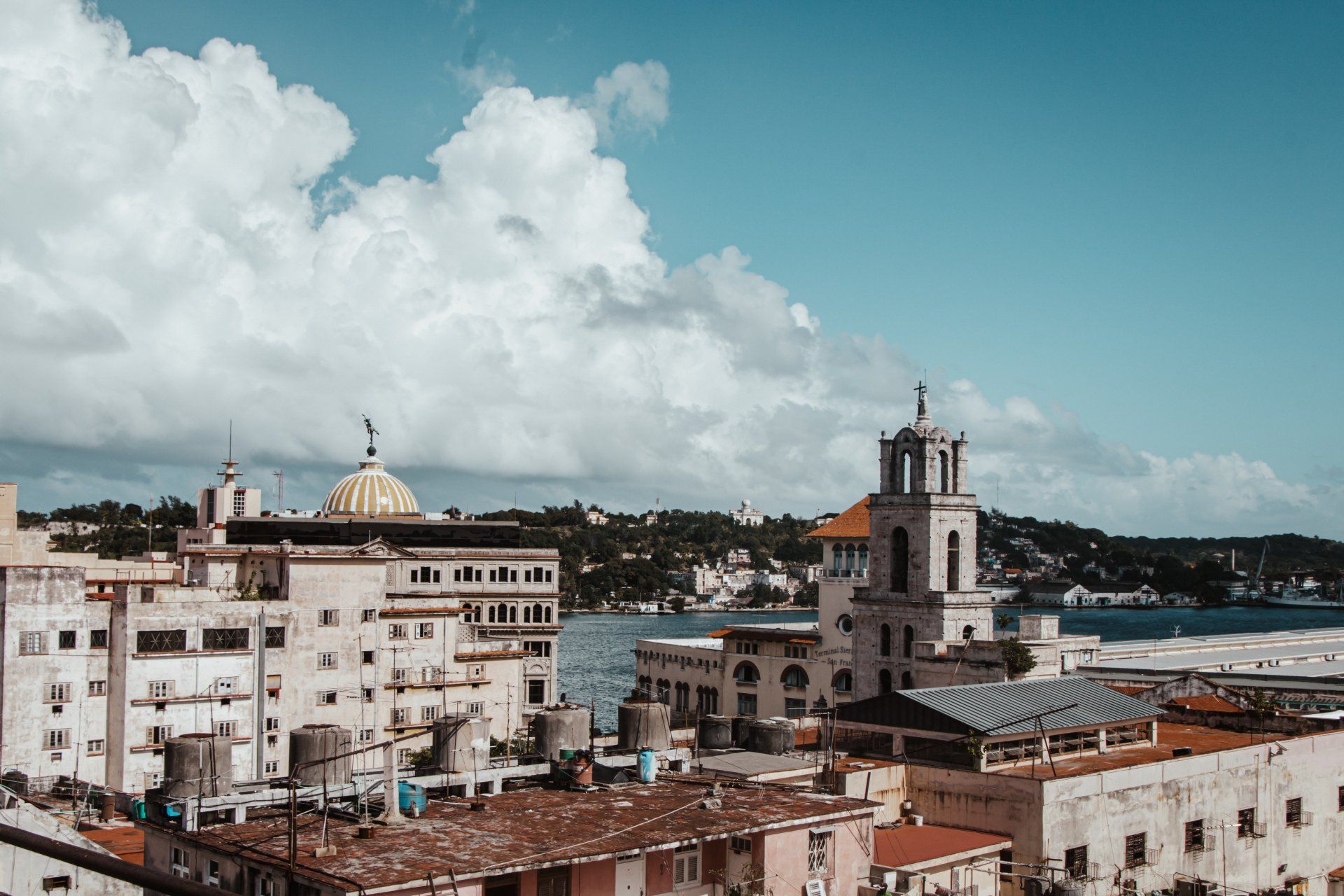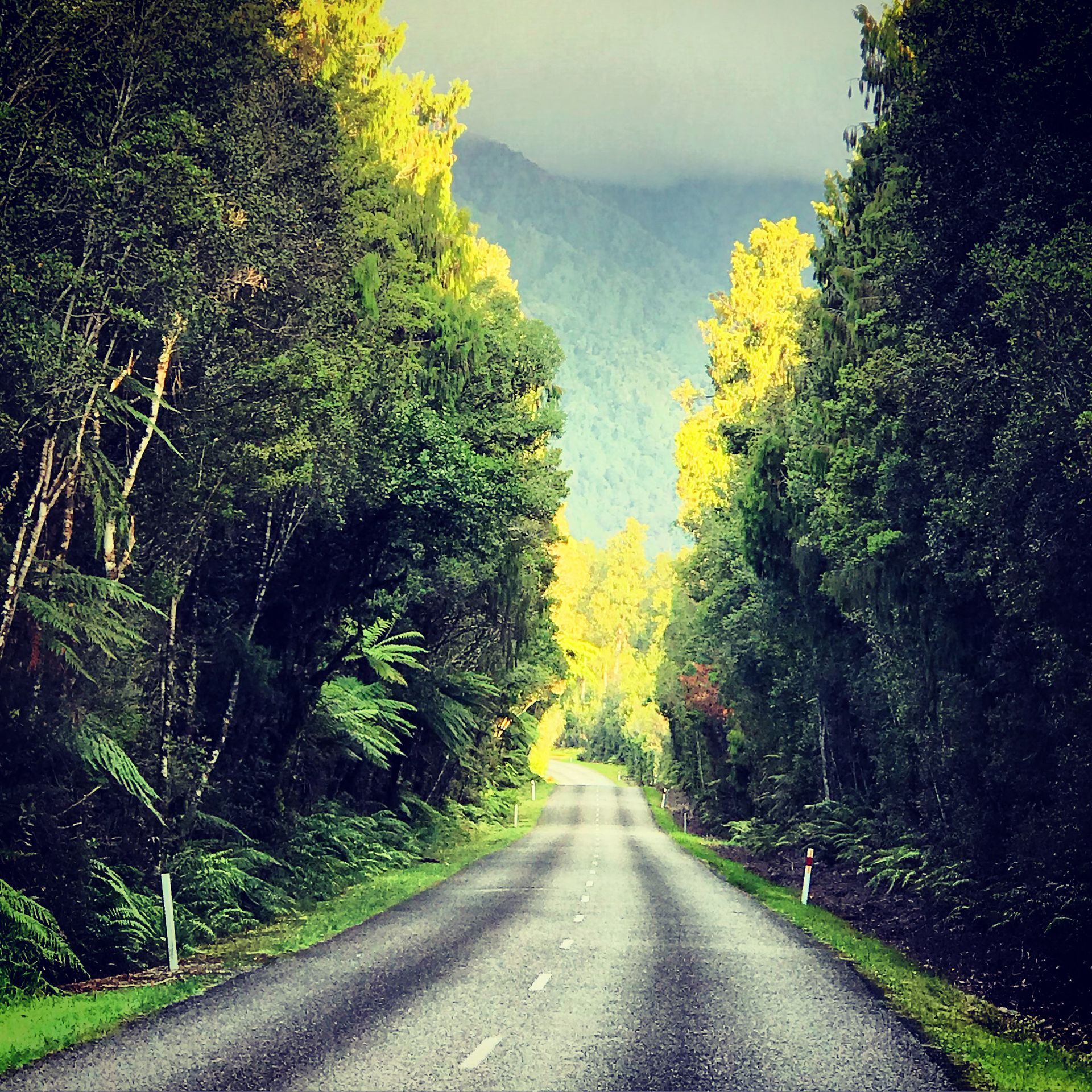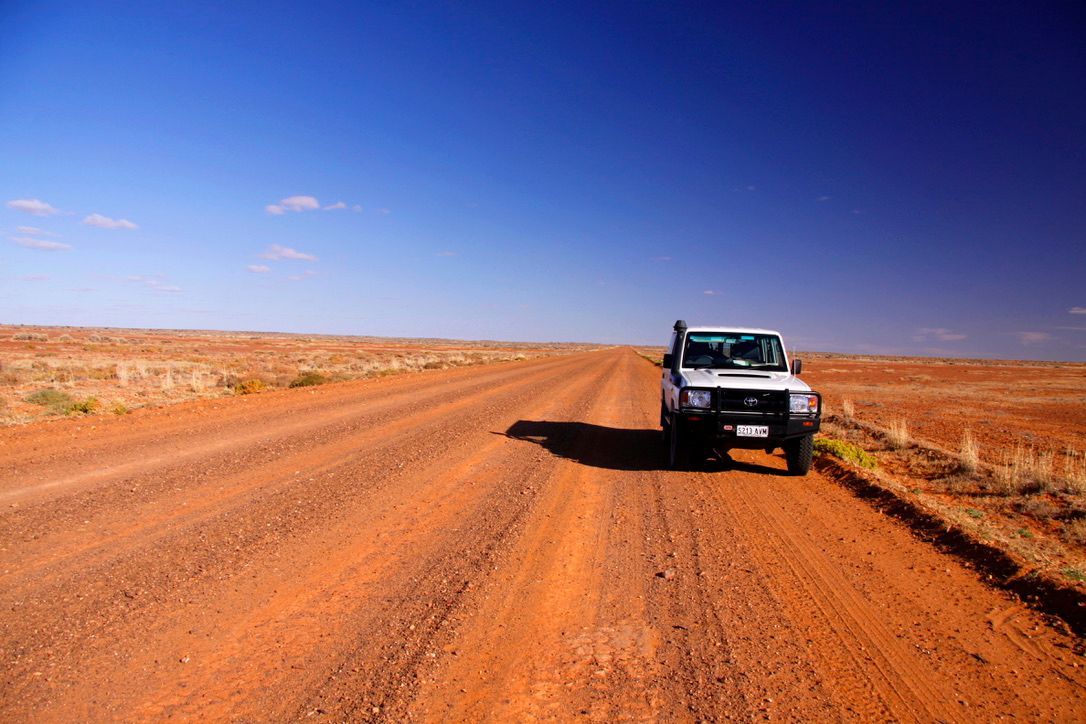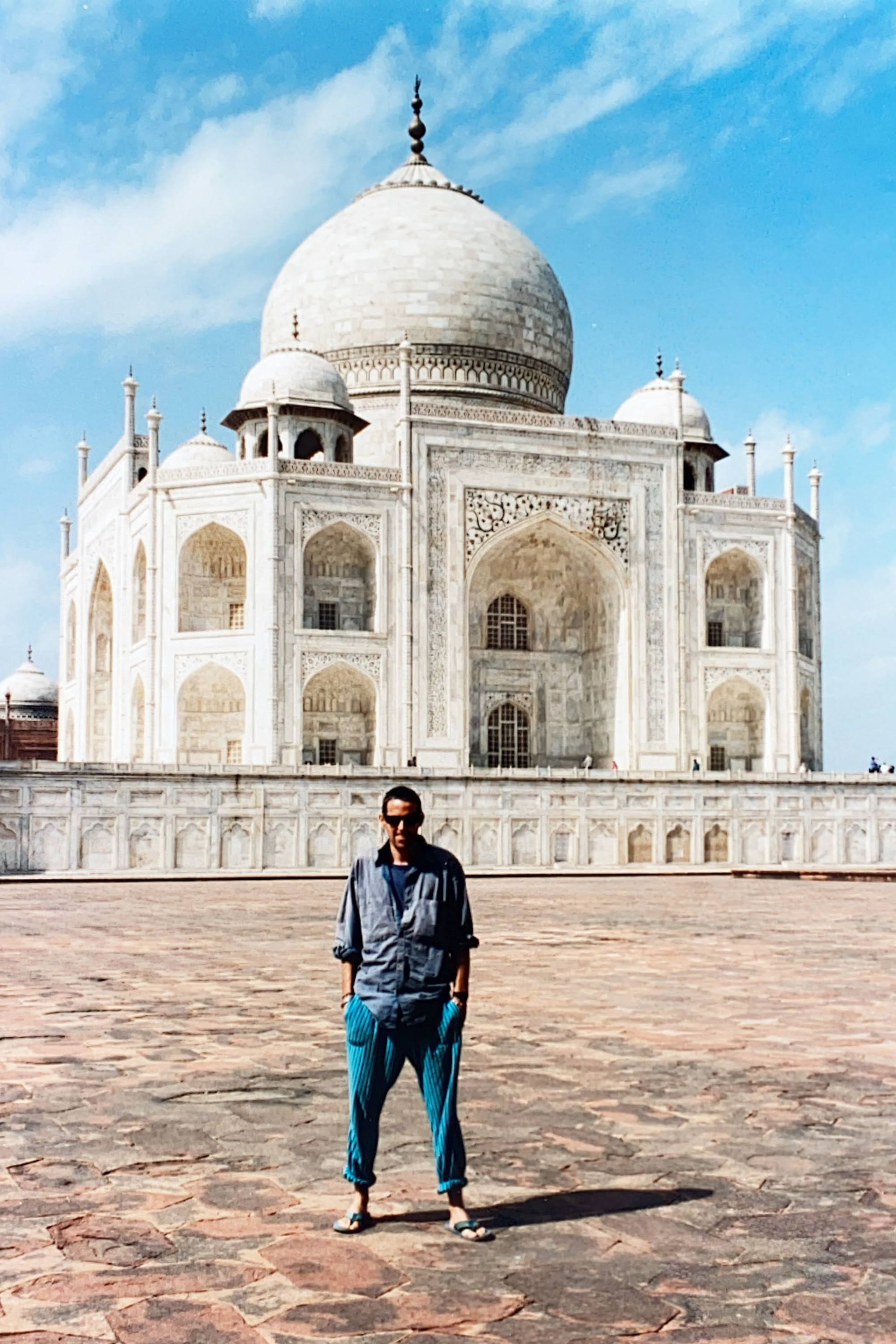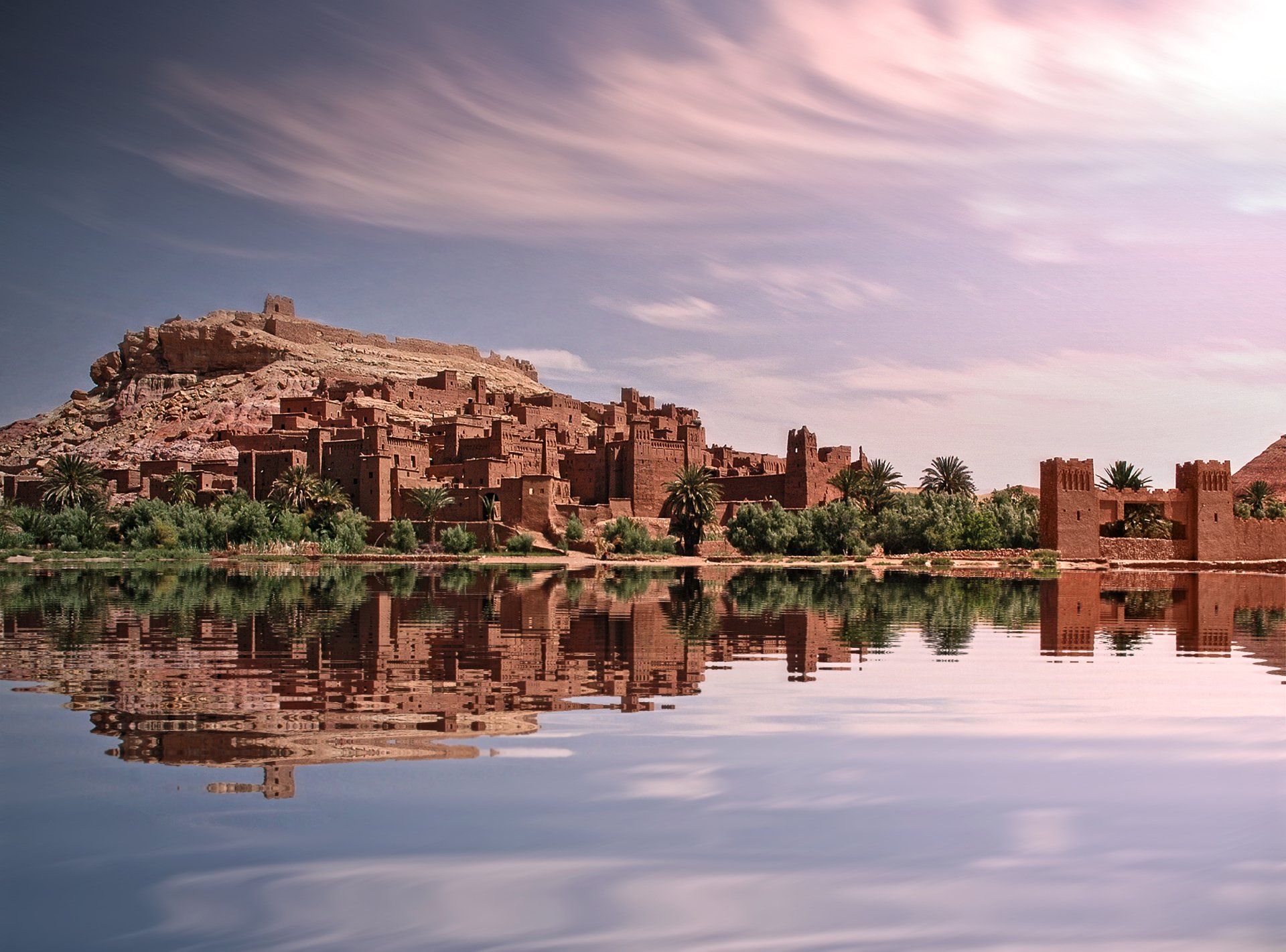Turn your face to the sun
and the shadows fall behind you.
– Maori Proverb
I meet the coast at Fortrose. The road makes an abrupt turn eastward and follows the edge of a tussock-fringed lagoon. A brisk sea-breeze ruffles the water and whips around huddled masses of white-baiters, crouched expectantly over their nets in the muddy shallows. Offshore, a container ship floats on the horizon like a cubic city. The tide races into the estuary between heads of black stone.
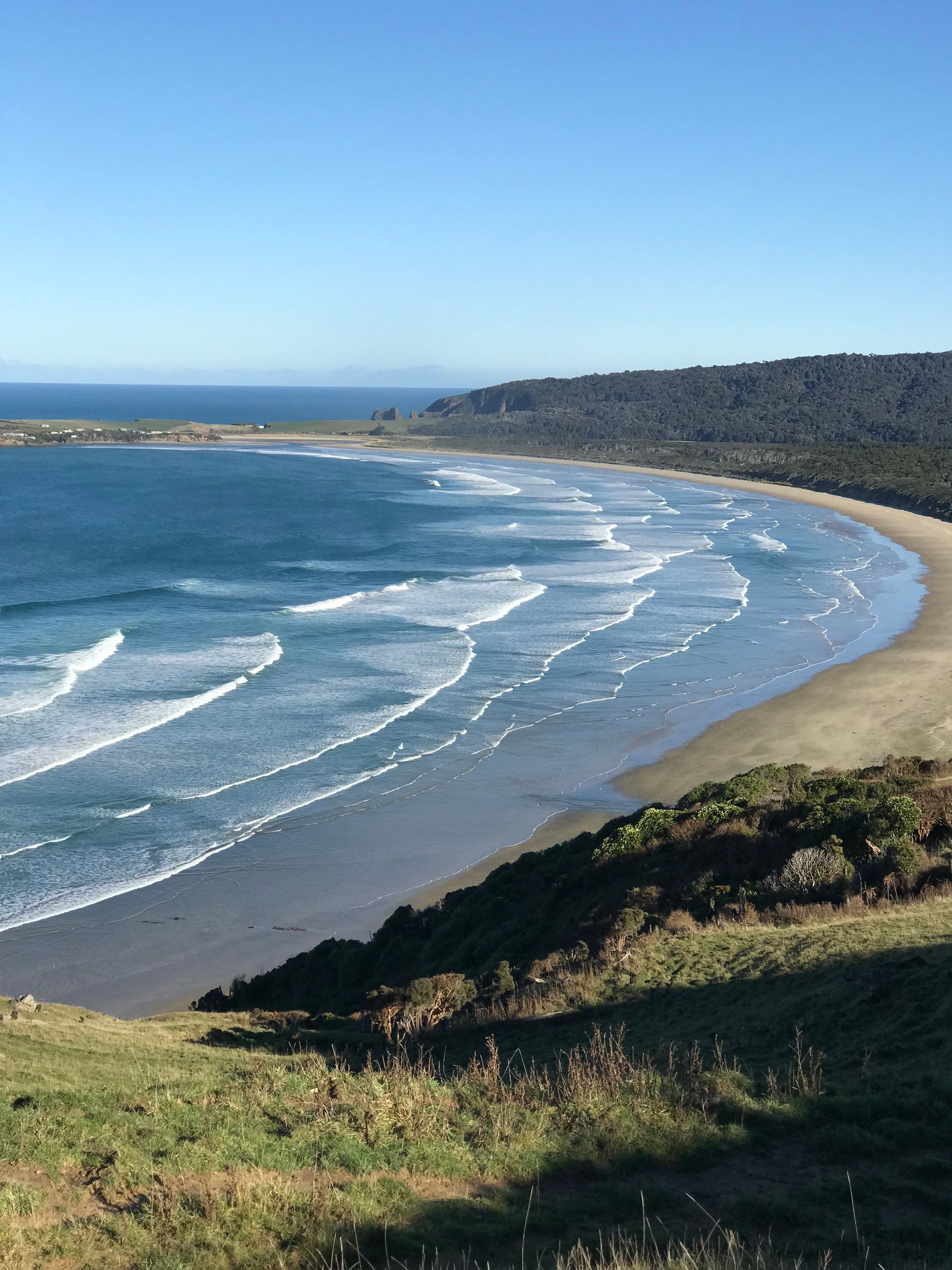
I am here on the Catlins Coast quite by chance. Having attended to a small business matter in Gore earlier in the day I had decided on a whim to drive further south instead of heading home to South Canterbury. I have a few basic provisions and a sleeping bag stashed in the back of my 4WD. The Gore i-Site has provided me with a map of New Zealand’s south-eastern corner. Work can do without me for another day. All I have to do is disappear.
The Catlins Mountains rumple the landscape of Eastern Southland like a carpet rucked up against a wall. The steep, bush-clad hills step down towards the ocean in a series of green undulations, ending abruptly in tall headlands and shelving bays where the incessant waves grind the bones of the ranges to sand. Sleek rivers twist from the interior and fall asleep in lagoons framed by endless dunes and wild, lonely beaches.
At Waipapa Point, the wind is a living thing.
Maori populated the rough coastline and brooding ranges with legends of colourful heroes and dreadful monsters. Whalers plied their brutal trade along the Catlins Coast from the earliest days of European settlement. Timber cutters hacked at the seemingly endless forests. Farming replaced these boom-and-bust industries and today it is the continual stream of camper vans and tourists which has re-invigorated the economy of the Catlins.
East of Fortrose I turn off the Southern Scenic Route at Otara and follow a gravel road out to Waipapa Point. The paddocks are dotted with ewes and lambs: a sight now so uncommon in dairy-converted Canterbury that I find myself staring in wonder at the woolley hordes. I stop while a shepherd shifts some late-lambers across the road. His team of huntaways gleefully micturate on the wheels of my townie truck while his business-like heading dogs control the mob.
At Waipapa Point, the wind is a living thing. Its invisible fingers have sculpted the trees into grotesque topiaries which lean away from the sea as if in fear of further torment. A slender, white-painted lighthouse stands on the point overlooking the Otara Reef, the place where my mother’s great uncle, Thomas Gillingham, died in New Zealand’s worst civilian maritime disaster.
On the morning of April 29 th 1881, the screw steamer SS Tararua struck the Otara Reef off Waipapa Point. The vessel had put to sea from Port Chalmers, Dunedin’s deep-water port, twelve hours earlier, en route to Melbourne via Bluff and Hobart. On board were 151 passengers and crew. Among them was forty-three year old farmer Thomas Gillingham, who was returning to England to claim his inheritance.
Thomas Gillingham had emigrated to New Zealand from Hampshire, England, in 1874, one of several members of the Gillingham family to do so. He had taken up land near Fairlie, in South Canterbury, and had become a very successful and wealthy farmer. He had married the daughter of another prosperous landowner had had set about building his own little empire in rural New Zealand.
Thomas’ father, Norbert Gillingham, had died in March 1881 and Thomas, as his oldest son, was set to inherit the lion’s share of his estate. As was the custom, Thomas was required to present himself at the offices of his father’s solicitors, Hansen, Dalgleish & Co of Chancery Lane, London, in order to hear the Will read and to formalize the hand-over of the cash and property coming to him. With this in mind, he had taken a First Class berth on the SS Tararua from Lyttelton to Melbourne where he would connect with the SS Cardrona for the voyage back to England.
At 563 tons displacement, the SS Tararua was large by the standards of the mid-nineteenth century. She had been built in 1864 by the Gourlay Brothers of Dundee, Scotland, for the Union Steamship Company, the New Zealand shipping company founded by James Mills in Dunedin in 1875. The Union Steamship Company would go on to become the largest shipping company in the Southern Hemisphere and would continue operating until the end of the twentieth century.
That April night was dark and clear, with no moon and a vague haze of fog hanging over the land. Captain F.G. Garrard, steering by the stars, had instructed the helmsman to set a westerly course of 268° at 04:00, believing the ship to be clear of Slope Point, the southernmost extremity of the South Island. At 04:25 a lookout stationed in the fo’c’sle hailed the bridge that he could hear breaking waves. Captain Garrard, still believing that the vessel was clear of the land, ordered a course change to 185°, half a point south of south-west. They ran on this bearing for several minutes before returning to their original westerly course. At 05:00, the Tararua slammed head-on into the Otara Reef.
Running thirteen kilometres seaward from Waipapa Point, the Otara Reef is just one of several reefs jutting from the fingered coastline of Eastern Southland. Beyond them, the vast Southern Ocean is empty apart from a few battered specks of land jutting from the seascape like broken stumps of bone in an endless blue and grey plain. The reefs are composed of the same ancient sedimentary rocks which make up much of Southland: folded and faulted and inclined at various angles. Weathered and eroded by the sea into black fangs and jagged fissures, the reefs lie just beneath the surface: immobile, implacable and deadly. The soft steel plates of the Tararua ’s hull, riveted to her iron ribs, were no match for these monolithic outcrops. Her bottom ruptured and the sea poured into her.
In the violence and confusion of the impact, the captain and the helmsman threw the wheel hard to starboard. Reacting to a barked command from Garrard, the First Officer wrenched the handles of the Engine Order Telegraph forward and back three times, then set them to Full Astern. Below decks, in the stifling, dimly-lit engine-room, the EOT’s bell emitted three strident rings: the emergency signal known as the Cavitate Bell. The stokers and donkey-men worked feverishly to bring the engines to a stop and then reverse them. But it was too late. Lifted by a surging wave, the Tararua’s stern swung to port and smashed onto the reef. The rudder was unshipped from its iron pintles; the brass propeller, spinning at full revolution on its shaft, tore itself apart on the black, unyielding rocks. On the bridge, the wheel spun uselessly under the captain’s hands. The polished timber deck canted as the ship heeled over. Her compartments filled with water, and she began to break apart.
The passengers, flung from their beds by the impact, emerged from their cabins in their night-clothes and raced confusedly up the companionways, emerging into a darkened world of noise and motion. Heavy rollers, their force had been amassed over thousands of kilometres of ocean, smashed into the aftermost section of the ship. The captain ordered the passengers forward to meage shelter offered by the forepeak, the elevated portion of the ship’s bow. One of the ship’s lifeboats was launched but was immediately carried away and smashed by the surf.
At 06:30, with the light of dawn greying the sky, Captain Garrard called for volunteers to swim ashore and raise the alarm. Four people came forward but the captain, on reflection, decided that only one, a young man named George Lawrence, should attempt the swim. Lawrence was carried closer to the shore in a lifeboat and dived in. Although a strong swimmer he was rapidly overcome by the force of the waves and the powerful backwash as the receding water slipped over the smooth, kelp-clad rocks. Eventually, however, he struggled ashore, cut, bruised and bleeding.
Beyond the narrow strip of sandy beach, rubbly sandstone cliffs rose almost vertically to the headland above. Lawrence managed to scramble up to the clifftop and ran to a nearby farm outbuilding where some farm labourers were having their breakfast. A rider was despatched to the Post Office at Fortrose with news of the wreck. A telegram was sent by the Postmaster, George Attwood, to the Union Steamship Company office in Dunedin which read: S.S. TARARUA ON OTARA REEF. ASSISTANCE WANTED. GEO. ATTWOOD. Incredibly, given the situation, the telegram wasn’t marked URGENT so no action was taken to dispatch a rescue craft until later in the day. By then, it was too late.
Of the one hundred and fifty-one passengers and crew aboard the SS Tararua , only twenty survived. Unable to launch its lifeboats in the pounding surf, and with only a handful of lifebelts on board, the ship’s occupants were forced to choose between swimming for the shore or remaining on the vessel in the vain hope of being rescued. Few of those who attempted to swim made it. Most of those who tried were pummelled lifeless on the rocks or were drowned as they succumbed to exhaustion and cold.
Although the weather through that April day remained calm, the ferocious waves and surging swell meant there was little that the watchers gathered on shore could do to help. As night fell, the cries of those still aboard the wreck could be heard in the darkness, pleading for salvation. At 22:00, a voice was heard to cry out “A boat. For God’s sake send a boat.” There were heart-rending shrieks in the darkness, then silence.
I wandered now among the scattered headstones of the Tararua Acre, where fifty-five of the seventy-five bodies recovered from the wreck are buried. The afternoon sun was warm, and sheep grazed contentedly beyond the fence which separated the burial ground from the surrounding farmland. Offshore, beyond the lighthouse, the ocean rolled gently over the Otara Reef with barely a ripple. It is often the case that places where horrific events occurred look benign and unthreatening in a different light. The last resting-place of the Tararua ’s victims, and the reef that had caused their deaths, looked positively bucolic now.
Thomas Gillingham’s body was returned to Fairlie, his adopted hometown, and buried in the cemetery there. Our family history doesn’t record who got hold of his father’s fortune. The fact that I’m not a millionaire English aristocrat points towards the fact that the cash didn’t come out to the colonies. Oh well. Easy come, easy go.
Two other small, coincidental and, admittedly, highly tenuous threads connect me with the SS Tararua. The Gourlay Brothers’ shipyard in Dundee continued to turn out ships of various kinds until 1908 when the company was wound up. On March 26 th , 1899, another screw steamer slid down the yard’s slipway into the River Tay, its bow wet with champagne. On the same day, in far-off New Zealand, my father, Arthur Norman Hunter Blakiston was born. The new ship’s name was the SS Zealandia.
Further north, at Waikawa, a flock of perendale hoggets are paddling in the sea. The withdrawing tide has left a narrow littoral of mud at the base of their steep, scrubby paddock and the young sheep (I count 269 of them) have taken the opportunity to wade into the water for a look around. Beyond them, a cluster of moored yachts and fishing boats float on the calm water of the inlet. Nearby, on a gentle hillside smudged with the yellow flowers of gorse, the headstones of the Waikawa Cemetery gaze out over the waters of Porpoise Bay.
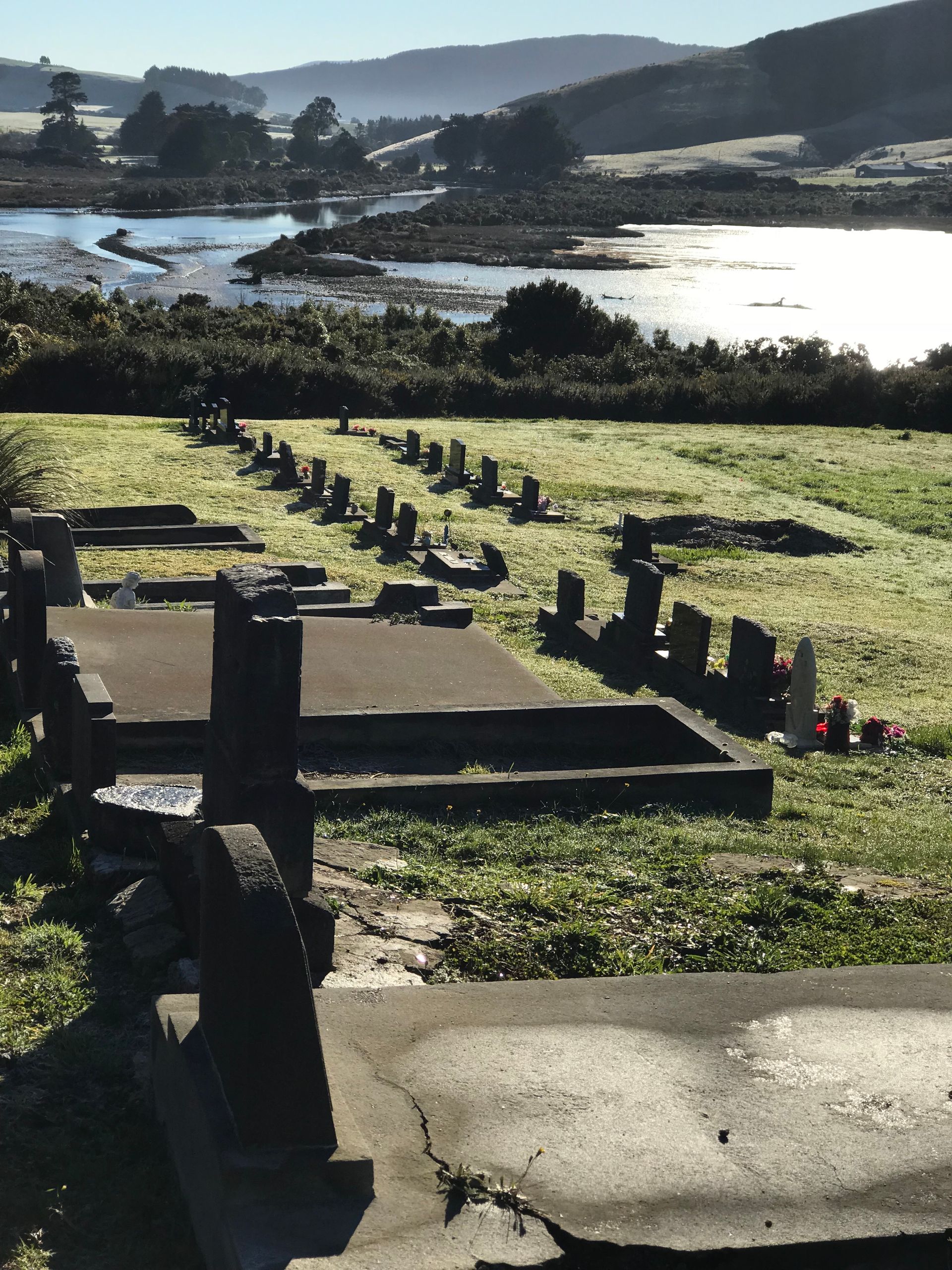
The road now climbs away from the coast and into the cool fragrant hills of the Chaslands Forest. I drive with the window down and over the hum of the tyres on the tarmac I hear the limpid voices of tui and the chatter of grey warblers. The forest grows right to the edge of the road; the air is heavy with the earthy fragrance of damp earth and forest flowers.
In the manuka-smothered valleys between the ridges, shaggy ponies with Rastafarian manes gaze at me over post and wire fences. A pair of brick chimneys stand watch over the collapsed ruins of an old cottage backed by ancient, gnarled macrocarpas. Nearby, an abandoned timber and tin cottage, its empty door-frame agape, seems to be sinking under the weight of its memories. Its sightless eyes stare out across a sea of daffodils; its roof is rusted to the colour of dried blood. I realize that here in the Catlins the landscape seems to embody the cycles of birth and decay which more bucolic countryside is able to conceal.
The road meets the ocean again at Tautuku Bay. Oceanic swells, born off the coast of Antarctica, wrap around the headland and roll in long sweeping arcs into the arms of the bay. A haze of spray detaches itself from the waves and drifts across the brooding forest which overlooks the sand. Three walkers, Lilliputian on the vast expanse of the beach, make their way along the shore.
Not much is happening in Owaka. The town’s main street is empty of cars even though it is only mid-afternoon. I buy a can of fizz from the supermarket then drive out to Surat Bay where a collection of ramshackle beach houses nestle amid a sea of lupins. Nearby, an indistinct track leads through a wilderness of sand dunes to the beach. A silvery river slides across the sand and loses itself in the leaping waves. A weathered timber sign points seaward to the place where the three-masted immigrant ship Surat, foundered without loss of life in 1874.
I spend the night in the back of my truck beside a rocky cove near Kaka Point. The reassuring beacon of the Nugget Point Lighthouse, flashing every twelve seconds, shines across the water as I sleep. In the darkness before dawn I drive up the road leading to the lighthouse. From the car park, a shingle track leads around the steep slope of the point. A cold wind shivers the tussocks clinging to the hillside.
There are few things more beautiful than a lighthouse at dawn. As colour seeps into the eastern sky I stand on a timber platform beneath the winking light of the Nugget Point Lighthouse. Swells surge between jagged fangs of rock protruding from the sea below. Colonies of seabirds keep up a screeching din over the roar of the waves.
“it’s OK…I’m here.”
Built in 1869, the Nugget Point Lighthouse stands on the last part of the land. A triangular precipice of white stone rears behind it; the ground collapses into the ocean in front. The original revolving electric lantern, behind its faceted dome of polished glass, was replaced by an efficient but un-romantic LED lamp attached to the front of the tower in 1989. It flashes silently above me as I watch the sun clear the horizon beneath a gathering ceiling of cloud.
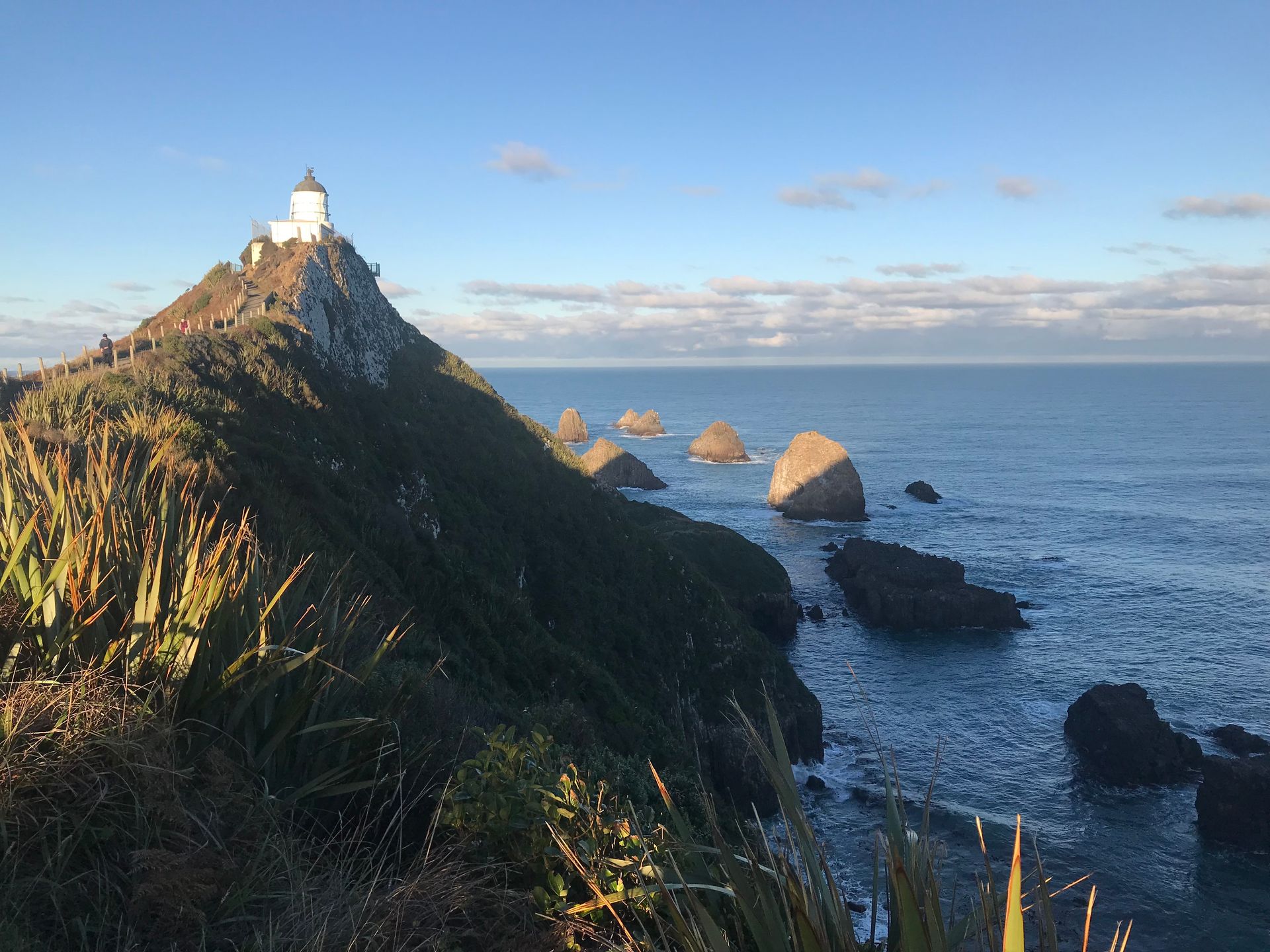
To me, lighthouses epitomize both the loneliness and romance of coastlines. By definition, they occupy spectacular locations. And there is something heroic in the way these solitary sentinels stand alone against the elements. To mariners lost in the darkness of night or engulfed in the violence of storms, the beacon of a lighthouse reaches out as if to say “it’s OK…I’m here.”
Offshore, a coastal freighter bounces southwards on the swell. Its captain will have taken a bearing on the Nugget Point light and set his course a safe distance off the Catlins Coast. Here on shore, there are still hidden coves to discover and twisting back roads for me to explore. The shadow of work can wait. I turn my face to the sun and set my course for another day of coasting in the Catlins.
